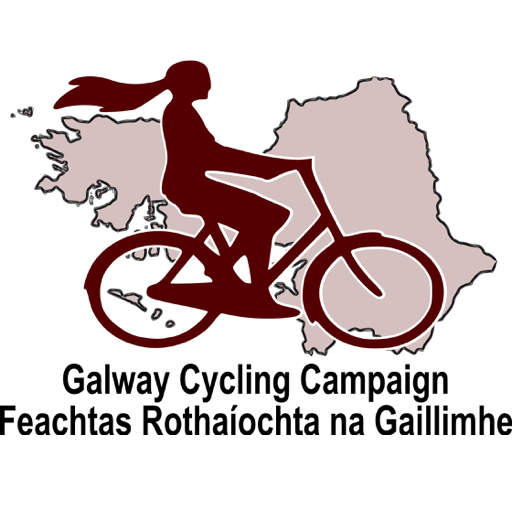Author: Oisín
-
Athenry Tuam Greenway is Galway’s only chance for foreseeable future
The Galway Cycling Campaign is writing to all the county councillors calling on them to support a feasibility study into the use of the disused Athenry – Tuam – Miltown […]
-
Reported Garda comments wrong in law says cyclists
The Galway Cycling Campaign is to seek clarification from the Gardai regarding statements at variance with the law reported from a recent County Joint Policing Committee (JPC). In its November […]
-
Proposed Ardaun Suburb roadlocked and inherently car-dependent
The controversial city council proposals for a new suburb at Ardaun have again provoked serious concern regarding safety and suitability as the latest Public Consultation closes this Friday 20th October […]
